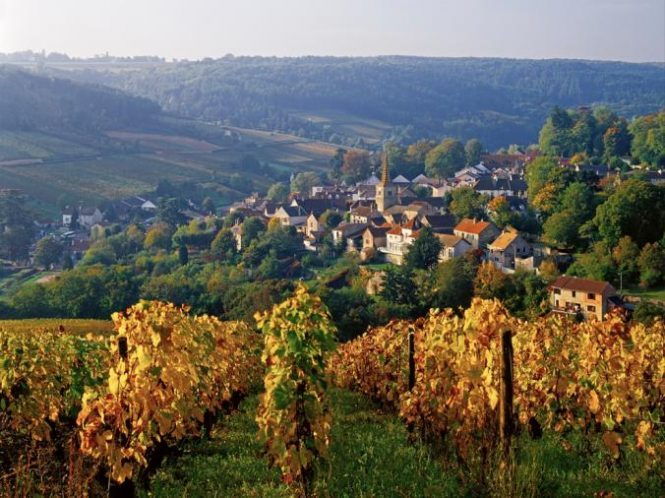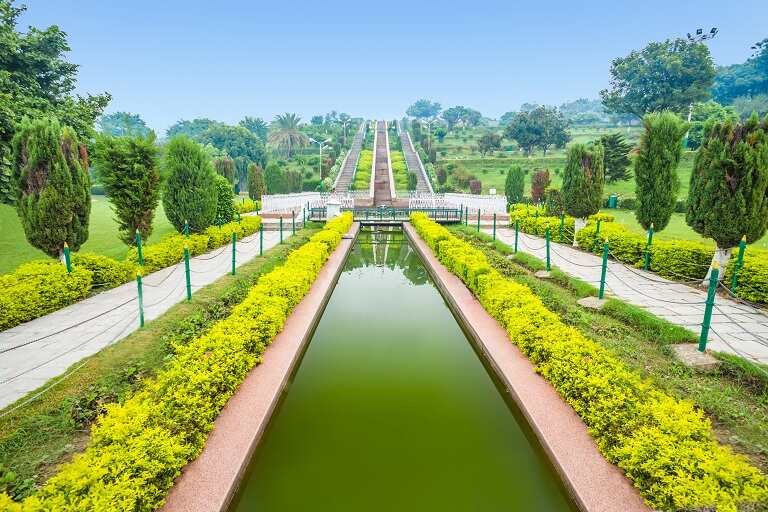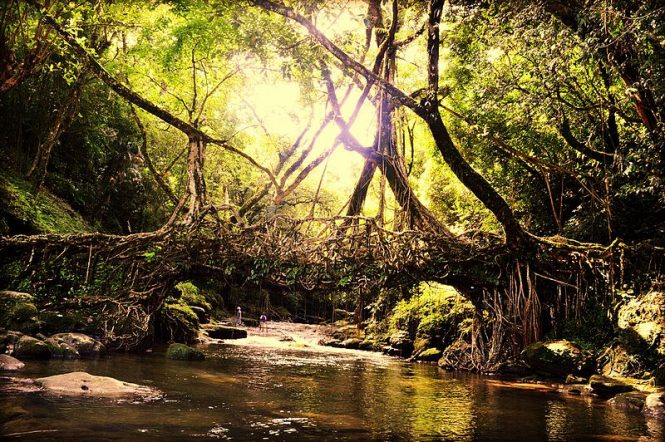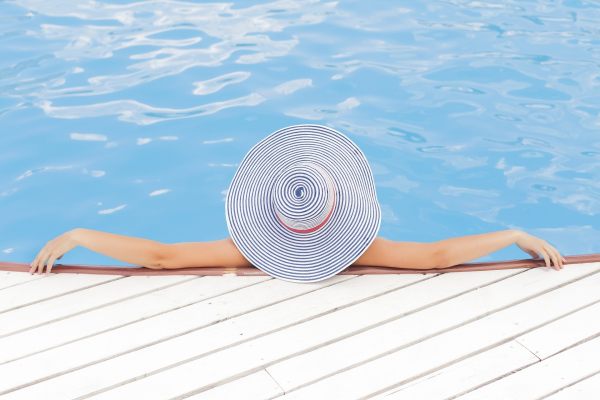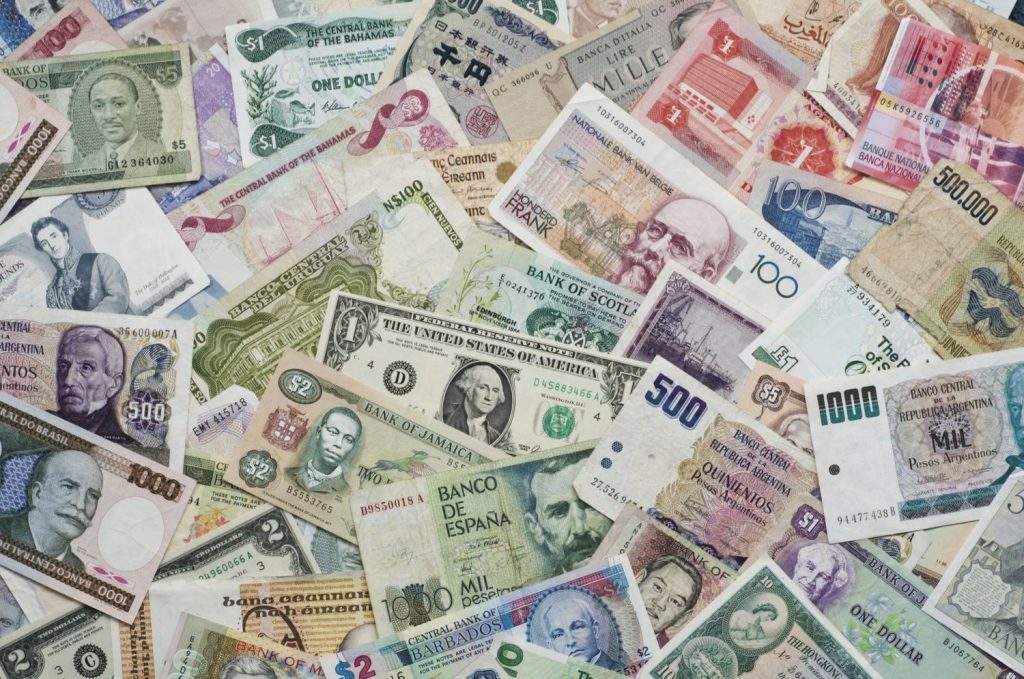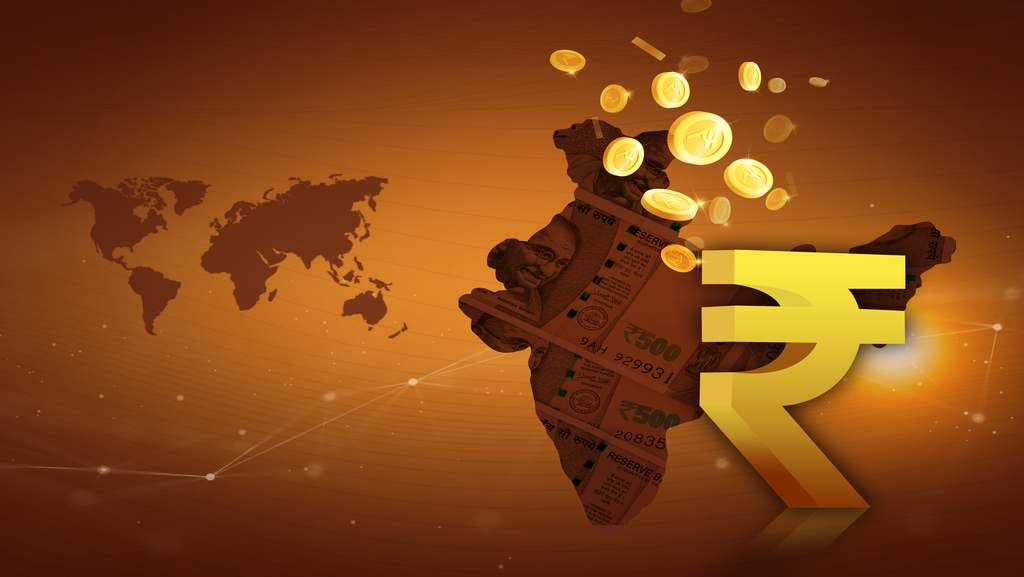
How to Celebrate Holi Festival: Traditions, Rituals, and Travel Tips
Table of contents
Every year, the joyous occasion of Holi brings people together in fun festivities and celebrations. This Festival of Colour is a time to celebrate unity, love and prosperity. It is also seen as a great time to let go of past grudges and be ready for new beginnings. No matter which corner of India you grew up in, you must be somewhat familiar with this festival and its importance in our culture. In this article, we have compiled all the essential information about the various traditions and rituals of Holi and included some key travel tips for your guidance.
The origin and history of Holi celebrations in India
The origins of Holi date back to time immemorial and this festival is mentioned in many ancient Indian scriptures. There are two popular Hindu legends associated with the origins of this ancient festival. One legend is about an evil King named Hiranyakashipu, his sister, Holika and his son, Prahlad. It is a story about the triumph of good over evil, one of the major themes of this festival. Another legend is about the celestial love and bond shared between Lord Krisha and Shree Radha.
As Holi marks the beginning of spring and the end of the winter season, it holds major significance among ancient Indian agricultural rituals and traditions. Farmers around India celebrate Holi festival by performing elaborate rituals and praying for a successful yield this season.
A guide to Holi celebrations in India- Traditions, rituals and tips
Celebrating Holi involves experiencing the different things that this festival offers, such as special food and drinks, playing with colours, going on temple darshans, and so on. Here’s how you can make the most out of your celebration of Holi festival;
1. Gather everyone
The first and most important step is to gather your friends, family and loved ones together. Send or accept invites, and make or help make plans for the occasion. As fun as Holi may sound, the festival is best enjoyed with people you love and care about.
2. Observe Holika Dahan

The day before Rangwali Holi is when “Holika Dahan” or “Chhoti Holi” is observed. It takes place after the sun goes down, usually in the late evening when ceremonial bonfires illuminate the night sky. Dried leaves, sticks and wood are used to make this bonfire.
Did you know?
In the Braj region and its neighbouring places, the festival of Holi lasts a total of 16 days!
3. Get some colours

holi colours
Must Read : Holi Festival 2025: Dates, Significance, and Importance Across India
Holi is the Festival of Colours and playing with colours with loved ones is the highlight of this festival. Powdered colour is mainly used for Holi, called “Gulal” in some places. You can also find water-based colours if you want your celebrations to be significantly more messy and fun.
Each colour has its meaning, such as;
Red: Signifies passion and love
Green: Signifies new beginnings and nature
Yellow: Signifies peace and joy
Blue: Signifies supernatural and calmness
Orange: Signifies sacrifice and courage
Purple: Signifies wisdom and supreme peace
Pink: Signifies playfulness
4. What to wear?
The attire of Holi is a crucial part of this festival. While the baseline colour that people go for with their clothing during Holi is all White, you can really wear whatever coloured clothes you like. Wearing white brings out the other colours that are, eventually, going to be applied to you by others. You can also wear other coloured clothes, mainly older ones, which you don’t have any use for. This is because they are going to be stained with colours, which, usually, will not get washed away.
Holi celebrations in India represent unity, peace and love across backgrounds and borders. This is why many foreigners attend this festival in India and Nepal. Also, several places like Mauritius, Fiji, Philippines, Trinidad, etc., celebrate Holi festival locally.
5. Play Holi

holi play
While the excitement for the festival begins the evening before, the main fun starts on the next day. After Holika Dahan, the next day is reserved for all the fun, festivities and celebrations. It is the day of Rangwali Holi, when families, friends and even strangers come together to play with vibrant dry powdered and water-based colours, smearing anyone in sight with various shades of colours. As upbeat music fills the atmosphere all across, people dancing their hearts out and exchanging sweets and gifts with each other are some other features of this magnificent festival.
6. Food and drinks
Traditional food and drinks are a key part of Holi celebrations. So, while playing with colours and dancing till your legs give out, rejuvenate yourself with;
Gujiya: A delicious deep-fried pastry with stuffing of grated coconut, dry fruits and sweetened khoya.
Thanda: A refreshing chilled drink unique to Holi made with a mixture of sugar, milk, almonds, rose petals and a few ground species.
Malpua: A sweet pancake fried till golden brown and dipped in thick layers of sugary syrup.
Rabri: A sweet dish made of condensed milk and is often served with Malpua.
Bhang: Another popular Holi drink that is made using spices, sugar, milk and cannabis leaves. It is an intoxicating drink so avoid it if you don’t want such an effect.
7. Travel tips
If you are planning on attending the best Holi celebration in India, here’s what you need to know;
Each place has its own flavour when it comes to Holi celebrations so make sure to learn about it before your trip so you don’t feel confused. For example, UP’s Barsana and Nandgaon celebrate Lathmar Holi, where women use sticks to playfully hit men as they do their best to defend themselves. Another example is that, in Vrindavan, UP, flowers are used instead of colours to play Holi.
Wear old clothes as you travel to avoid getting your favourite clothes stained by colours, whether intentionally or by mistake.
Don’t carry your valuables, like phones, cameras, cash, etc., as the colours can cause damage to them. If you have to carry them, get a waterproof bag and keep them inside.
Not everyone may use natural or skin-friendly colours so wear eyewear, face mask and/or bandana to cover your eyes, mouth and hair.
Apply coconut oil on your hair and skin before going out as it works as a protective layer, helping you easily get rid of the colours during a wash later.
Conclusion:
This was a quick guide to the celebration of Holi festival in India. Gather everyone and enjoy the festival like it is meant to be enjoyed. The bottom line here is to have as much fun as possible and, of course, don’t mind the colours because “Bura Na Mano, Holi Hai!”.
Table of contents
Trending blogs for you
 18002099100
18002099100

